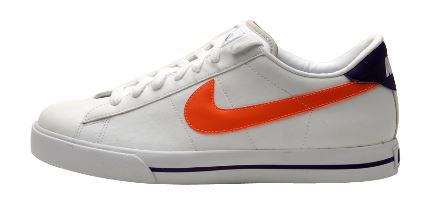Where the Rubber Meets the Road: Nike Patents, Market Value, and You
On first blush, if you run a small business, it may be hard to relate to a company like Nike. Few companies are that big. But, Nike didn’t appear magically overnight either. It grew from the mid-1970s. Along the way, it adopted successful strategies that can provide lessons. One strategy was recently revealed by Macquarie group limited.
Macquarie is a global investment banking and financial services firm ($7 billion annual revenue). It dissected Nike’s company value and upgraded Nike stock from “neutral” to “outperform.” The main factor? patents. To quote Macquarie:
“For companies with large patent portfolios, their return on equity (roe)* or profit over equity value improve substantially going forward despite short-term research spending impact… these companies also tend to outperform on a stock return basis.”
[*Roe measures a companies’ efficiency at generating profits from every unit of shareholders’ equity – it basically tells shareholders how effectively their money is being spent.]
C’mon, we say… Large patent portfolios for shoes?! shoe technology is not silicon valley-type, bleeding edge, rocket science stuff that is worth patents, is it? Nike rejects that attitude and just does it. Specifically, it has been doubling down on its patent strategy for over 15 years. In fact, the total number of patents granted to Nike has risen an average of 14% every year since the turn of the century. Get this–in 2013 alone, Nike was granted a mind-blowing 540 patents by the united states patent and trademark office (USPTO). 540. About 270 or 50% of these were just for shoes. (Based on current USPTO allowance rates, Nike may have had to file up to 1100 U.S. Patent applications per year to get to that number.)
The result? against the backdrop of this patent strategy, Nike has achieved a five-year average roe of 21%. That is a high number. It indicates execution of capital. Investors and analysts like Macquarie love it.
Large patent portfolios may be out of reach for smaller companies. But, from this Nike case study, it is difficult to ignore the direct relevance of patents to company value. Perhaps more importantly, if you are a challenger brand and have a Nike-like competitor in your industry cranking out patents, you will have to play the patent game to find a toe hold in the market.
Adapted from “Nike was awarded 540 patents in 2013“, Marketwatch, April 17, 2014

